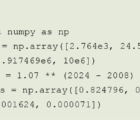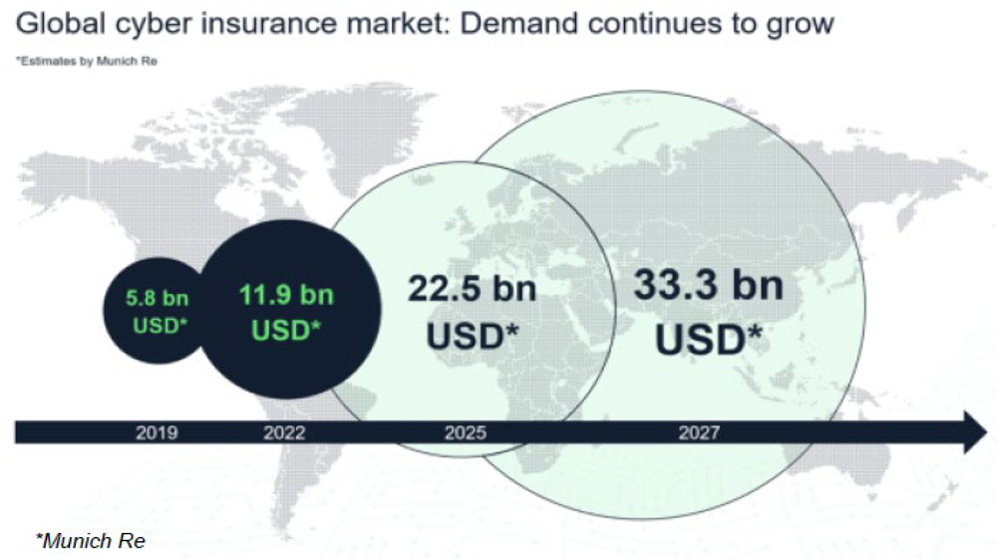 Business intelligence (BI) — the art of making sense from the vats of data that business leaders encounter — is a natural skill for casualty actuaries, according to a BI veteran.
Business intelligence (BI) — the art of making sense from the vats of data that business leaders encounter — is a natural skill for casualty actuaries, according to a BI veteran.
Tony Beirne, FCAS, director at the professional services firm PwC (U.S.), said actuaries have the top-to-bottom knowledge of insurance organizations and the heavy volume of data they produce, which makes actuaries well-equipped to create the tools that people at all levels of the company need to do their jobs more efficiently.
Beirne presented a list of BI issues and solutions for actuaries in the concurrent session titled, “Actuarial Modernization and Business Intelligence,” at the CAS Ratemaking and Product Management Seminar held March 9-11 in Addison, Texas.
First, Beirne summarized the history behind business intelligence analysis. Initially, the idea was to deliver dense information to managers in a manner they could understand. In these early attempts, insurers tried to meld their enormous polyglot systems — accounting, underwriting, claims and rating — into a single data warehouse. Then each business unit formed reports out of the common warehouse.
“The warehouse is good,” Beirne said. “It’s one of the fundamental building blocks.” But it was developed more to capture history than to create reports. Often it was too slow and costly to develop to help management, as originally conceived.
The next step was the mini-mart, or rather a cluster of mini-marts, all driven by information from the big warehouse. Each department got its own privately managed data store. That let each department create its own reports.
Slight differences in how they defined data, however, meant that the details from, say, the claims department, didn’t match the reports from accounting or actuarial. Looking for one answer, management might get three.
Now, BI experts work from the key questions companies want answered back to the data, Beirne said. They think about decisions they need to make and then create tools to help make those decisions. Beirne calls this “analytics-oriented decision making.”
The old method of creating reports started with the data. It was collected and analyzed, and then drove decisions. The new method starts at the end, with management asking, “What decision is needed?” Answering that invites the next question, “What insight will help make that decision?” and finally “What data answers this question?”
That final answer reveals what data need to be gathered into management reports. This involves managing and scrubbing much smaller datasets than in the old data warehouse days. It also means more accurate data and more timely reports.
Once the data are in place, the next step is to develop reports that management can understand and utilize for decision making. Property and casualty actuaries are in a perfect position to assist on such projects, said Prashant De, a manager in PwC’s Advisory Analytics practice. Actuaries are already skilled at digging through data for important insights.
The next step is visualization, creating a dashboard or suite of reports that tell management in an instant what is happening within their organization. “Visualization is different from visuals,” De said. “Visualization helps management make decisions. Visuals look good.”
Report makers should consider how decision makers make their decisions in order to develop and adjust the reports to best meet their needs, De added.
An important step is to select the appropriate visualization software, De said. Some packages are free, but there is little support to ensure the software package works as it should. At the other end are highly packaged and controlled applications.
Business intelligence projects are a natural fit for actuaries’ abilities, Beirne reiterated. Actuaries have a high-level view of the company and are considered experts in maximizing the richness of the data. Actuaries are also uniquely positioned to help others understand the possibilities and limitations of data, said Beirne. He concluded by emphasizing that companies need to recognize that actuarial analyses can offer important insight that helps propel critical decisions.












